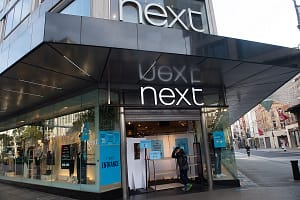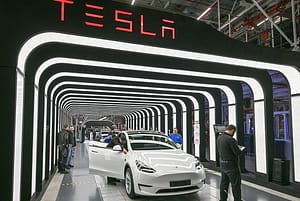Instagram’s dream toy for the rich and famous — Private Jets — spell luxury and ultimate comfort in the skies. We have all seen fashion influencers, supermodels, football players share their indulgent snaps on social media, making us go at least once: ‘That’s going on my bucket list!’
To know more about these flying islands of opulence, their business model in London, and how expensive can the journeys get, LondonLovesBusiness met and spoke exclusively to leading private jet carriers in the UK, and to our surprise found that Londoners, more than ever before, are choosing to fly in them. Last year alone, private jet usage grew by 4 per cent across Europe, with London registering more than 79,000 movements.
The business aviation industry has been experiencing its second economic upturn since the 2008 crash, and with the entry of new disruptors, many new possibilities have opened up for the Londoners. Like for those looking to own a jet, fractional ownership or jet shares allow you to buy equity in a specific aircraft, meaning consistency of crew and surroundings. Alternatively, if chartering is more within budget, booking last-minute or an empty-leg via an app could cost up to 90 per cent less.
Chartering smaller aircraft is another option. Like with Luxaviation UK, a flight on an eight-seater Citation XL from London Luton to Nice Cote d’Azur Airport would approximately cost £11,000. While companies like Surf Air and JetSmarter are offering fly-when-you-like memberships on a cost-per-month basis, from around £1,825 a month!
Private jets have other advantages as well like business-class flyers can opt for health-conscious options like superfood salads, fresh juices, all of which is not easily available in other carriers.
To know more about the market in detail, we spoke to Patrick Margetson-Rushmore, chief executive of Luxaviation UK, one of the leading private jet charter operators in the UK and one of the largest business jet operators outside of the Americas.
Talking about how 80 per cent of their audience are business travellers, Margetson-Rushmore adds: “In terms of the Square Mile, we fly to and from the airports that are nearest to the area, so that’s Luton, Stansted, London Biggin Hill, Farnborough, and London City Airport. One of the most often used facilities for both leisure and business is Luton, and there’s a very well-established facility there. A number of people use London City airport, although depending on the nature of the trip London City’s a lot more expensive than going from Luton, so that’s a big difference on the pricing aside from the aircraft that you can have coming in.”
Luxaviation UK has noticed a shift in the type of business traveller it receives, with millennials finding their feet in technology-driven industries. Their lifestyles are different to the traditional business traveller and, as a result their food choices, clothing and habits onboard are more varied. Most of them just want to relax rather than work.
Flyers can also, if they wish, buy a jet card with a pre-set number of hours. But a lot of regular clients just call Luxaviation UK and say, ‘I want to go from A to B’. In such a scenario, they’ll be given a price that might be dealt with later, because the company gives credit to known customers.’
We also caught up with Andy Patsalides from London Biggin Hill Airport, which is the only dedicated business aviation airport within the M25, and falls just 12 miles from Canary Wharf. He told us how opening up the capital to private jet users has helped boost investment here. Over the past 10 years, the airport has undergone tremendous growth and is today the fastest growing business aviation airport in the UK.
“More long-haul commuters from the US and Asia are choosing our airport as the gateway to the capital – especially as our six-minute helicopter shuttle offers the quickest transfer to the city centre. This is all good news for London’s economy, as opening up to private jet users can help increase investment for businesses here. After all, private aviation is all about convenience, control, security and speed – It is an invaluable business tool that helps connect international companies and allows those travelling to London to take advantage of their time spent here.”
We also met with Pascal Bachmann, vice president of sales, EMEA for Jetcraft, which is a is a world leader in aircraft sales and acquisitions, and has opened its first London office in January this year.
Bachmann tells us how business aviation market is experiencing a period of steady, healthy growth and an increased demand for aircraft with more than one buyer for each. “During the last ten years Jetcraft has achieved 550+ transactions and close to $10bn in value, with steady growth during the worst business downturn in aviation history.
“Globalisation is causing the market to progress towards large-cabin and long-range aircraft, allowing owners to travel longer distances and grow their own businesses internationally. Large-cabin aircraft such as the Gulfstream G600/650; Dassault 7X/8X and Bombardier Global 7500 are top of many buyers’ lists at present.
“The majority of our customers are travelling through London regularly and many of our industry colleagues and partners are located here. Europe is the second largest market in the business aviation industry and, despite recent economic challenges, we are confident in the continued strength of the European region. Suffice it to say that London was an easy and natural choice for Jetcraft,” he further adds.
Needless to say, this private jet affair is here to stay and grow.






Leave a Comment